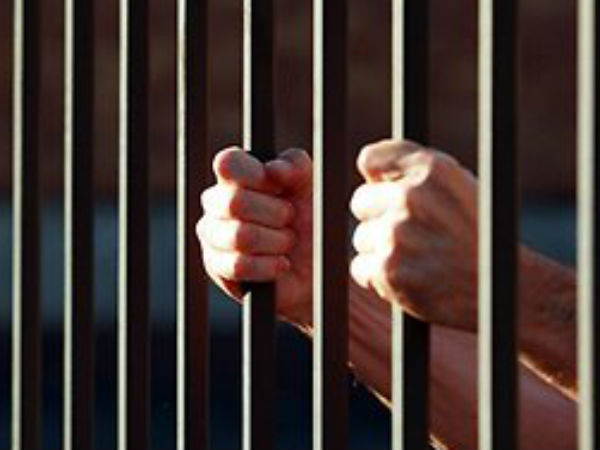Sexual abuse and harassment – it’s independent of gender, geography and physical appearance

We like to stereotype everything. Define. Label. Give names. Isolate.
Over the last few months I have tried to understand more about sexual abuse and harassment. My learning is that it’s not just women who face sexual abuse. Children, people of varied sexual orientation, men – we all face sexual abuse at some point.
It’s not a problem in Delhi or a small village in Uttar Pradesh, it’s a worldwide problem. Some societies have learn to deal with it more effectively than others.
It’s not because of the person who we like to call the victim – it’s mostly because of the state of mind and confidence of the aggressor.
Confidence is an important word because the society enables the aggressors confidence over time. The aggressor often begins with simpler harassment – whistling, name calling, making a pass to name a few. Nobody takes him/ her to task and the person gains confidence to maybe take a picture: grope another person in public or stalk. The ‘victim’ (for the lack of a better word) quietly moves away and lets the aggressor gain more confidence. Over a period of time and trying these techniques with various victims, the aggressor gains confidence and learns that he/she can get away.
For every rape, there are many failed attempts and many more attempts of harassment in the form of stalking, groping, ogling amongst others.
We need to catch the aggressor at an early stage and not let their confidence grow. We need more preventive strategies as a society because it’s not about how the person is punished after the act, it about why does a victim have to go through the experience in the first place?
Written by Saloni Malhotra, CoFounder of Safecity
Report such incidents on safecity with the exact location of the incident. Volunteer with safecity to clean up your specific locality/ area
